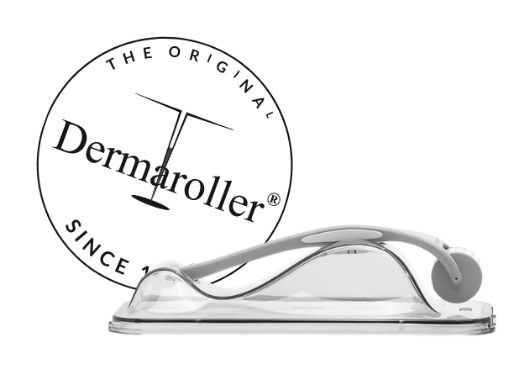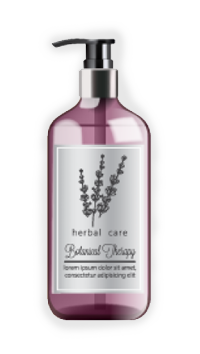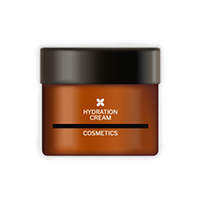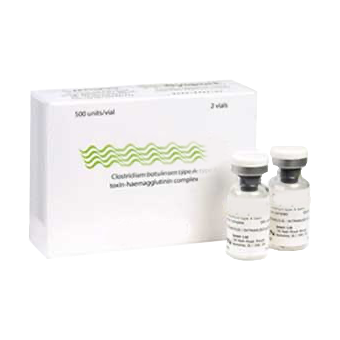 Retinoids still are a hot topic in the skincare world, even though it’s been years since they first gained popularity, thanks to their proven results. As Dr Emmaline Ashley, Clinical Director of Ashley Aesthetics, and Etre Vous Expert explains, “retinoids are one of the most well-researched skincare ingredients in existence, and are used for the anti-ageing, anti-acne, and anti-inflammatory benefits.”
Retinoids still are a hot topic in the skincare world, even though it’s been years since they first gained popularity, thanks to their proven results. As Dr Emmaline Ashley, Clinical Director of Ashley Aesthetics, and Etre Vous Expert explains, “retinoids are one of the most well-researched skincare ingredients in existence, and are used for the anti-ageing, anti-acne, and anti-inflammatory benefits.”While all retinoids will offer a degree of each of the above benefits, resulting in skin which looks and behaves more healthily, the prescription retinoid adapalene is making waves for its effect on skin that’s acne prone.
How do retinoids work?
Essentially, they have an effect on cell turnover, and the overall behaviour of existing cells. Dr Ashley describes the “anti-inflammatory effects” as well as their ability to stimulate fibroblasts to produce more collagen, while the personalised skincare brand Dermatica talk about the increased skin cell turnover, unclogged pores, and reduction in collagen breakdown.How does adapalene differ from other retinoids?
All retinoids are able to tackle some acne-specific symptoms, thanks to the increased cell turnover, which Dr Ashley explains “helps to prevent the formation acne due to clogged pores and excess sebum production, as well as anti-inflammatory effects that can help to reduce redness and swelling along with the risk of scarring.”That said, Dermatica like to prescribe adapalene for acneic skin as it “causes less irritation than tretinoin for those with acne. Both are suitable, but given that the skin can be inflamed and sensitive as a result of breakouts, we try to minimise this where we can.”
Dermatologist & Nutritionist, Dr Thivi Maruthappu, adds that “its chemical structure is designed so that it is preferentially taken up by oil-producing sebaceous glands in the skin - which is exactly where pimples start to develop.”
The results are impressive, with Dermatica noting that “when used in combination with BPO or clindamycin, adapalene can improve acne by over 70%.” Dr Ashley agrees, explaining that its ability to target specific causes of acne and the fact that it’s FDA-approved for use by anyone over the age of 12 gives it a unique advantage when treating spots.
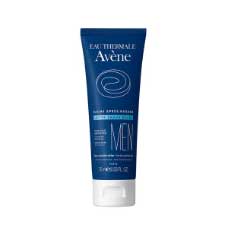
 Added to basket
Added to basket

 Unapplied Changes
Unapplied Changes


